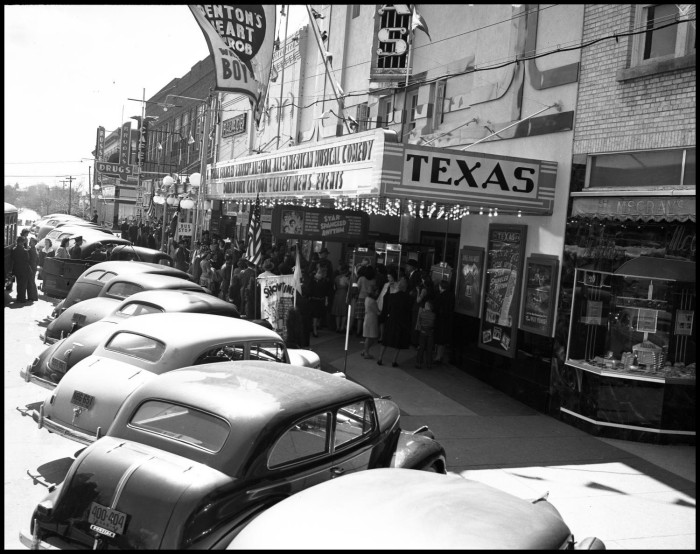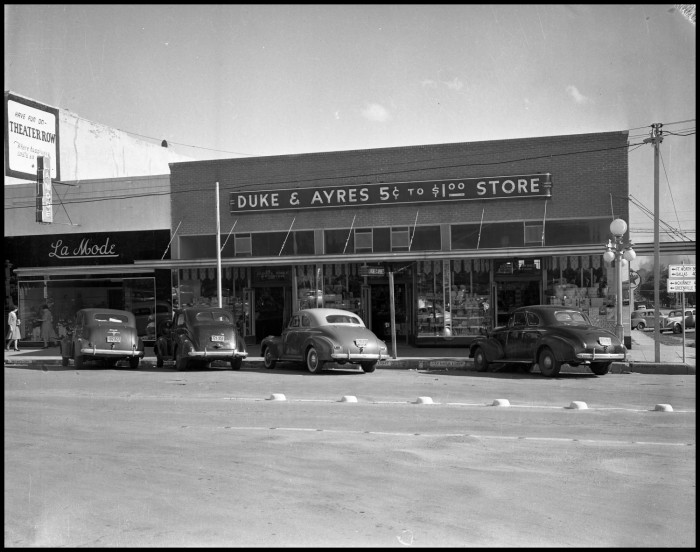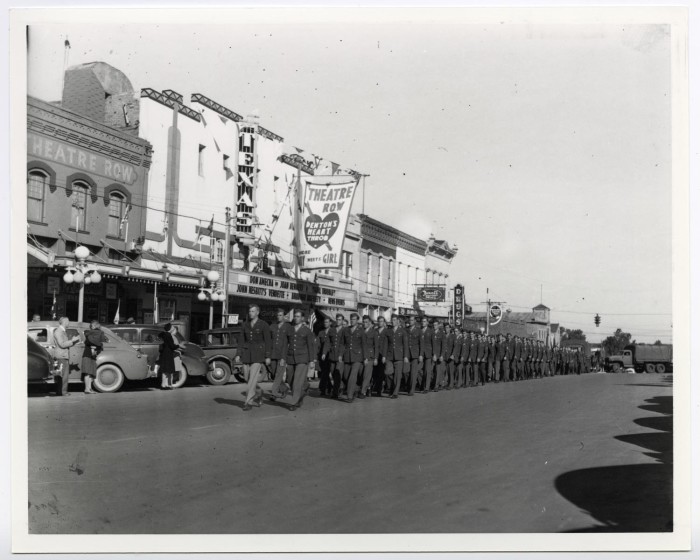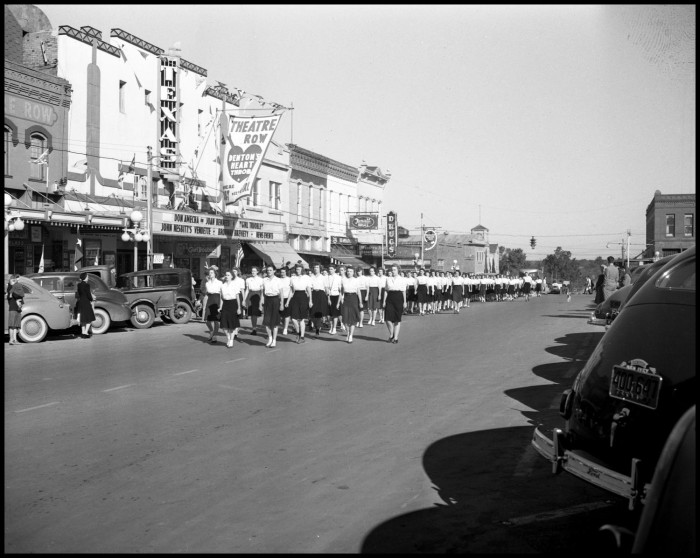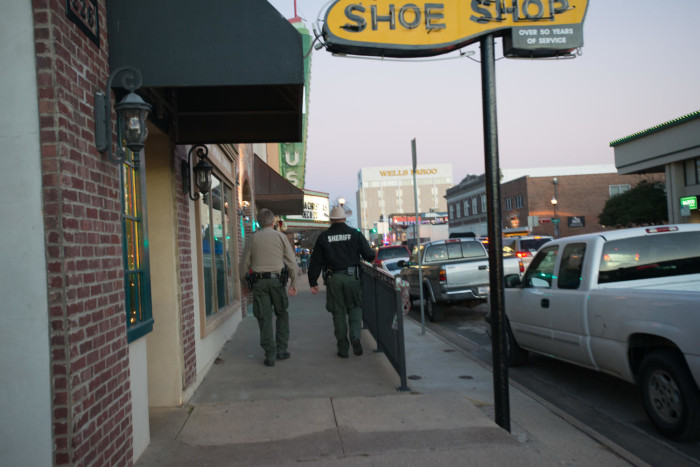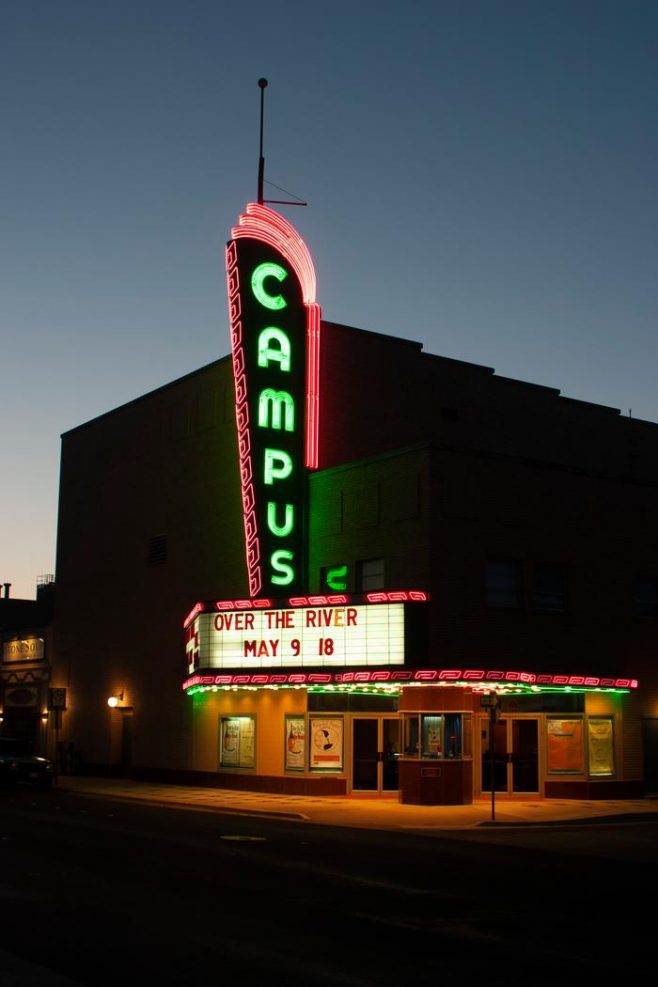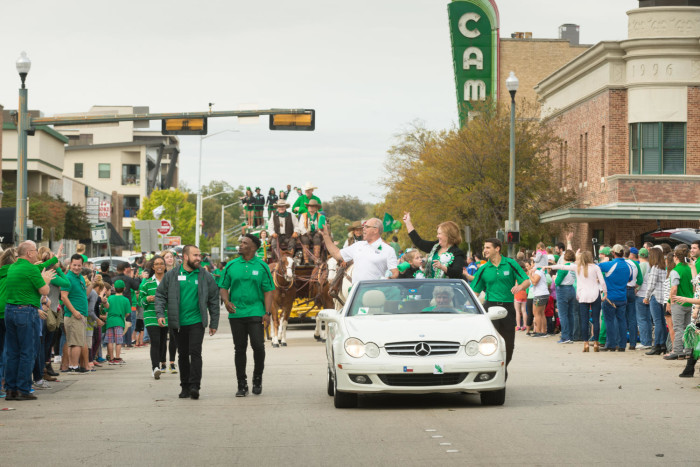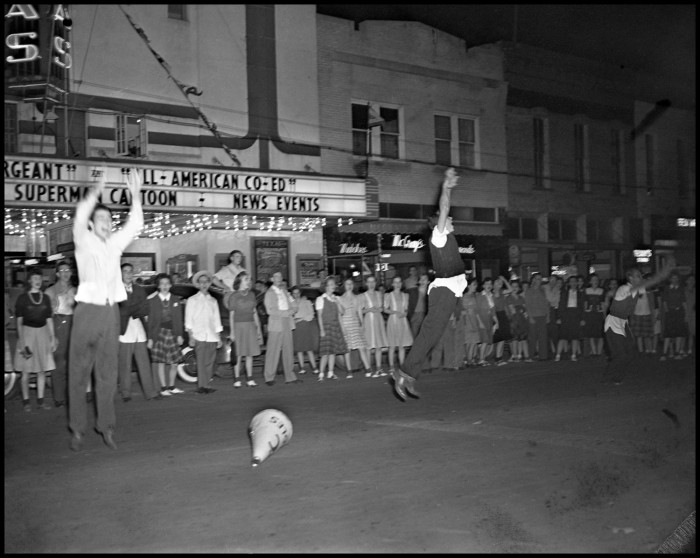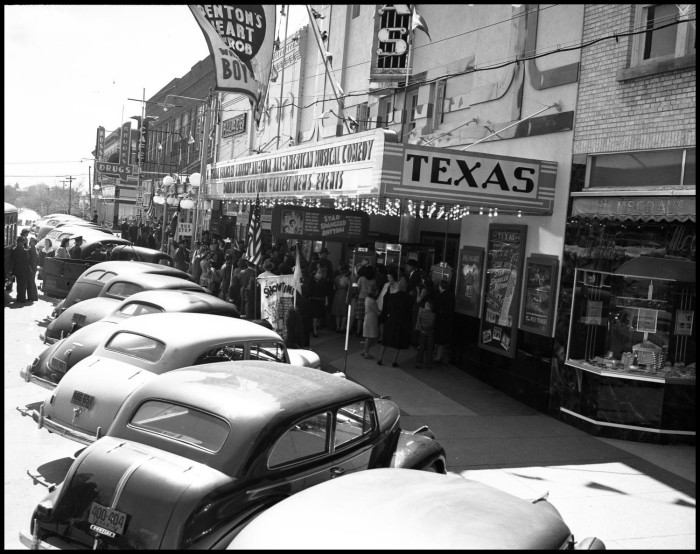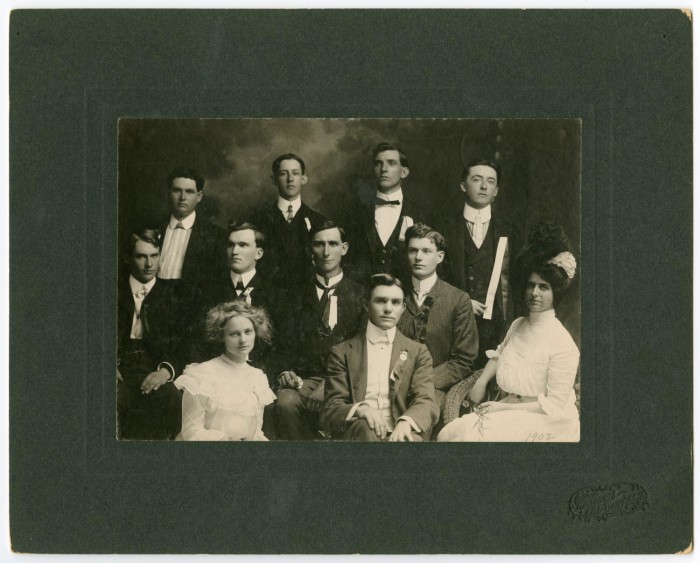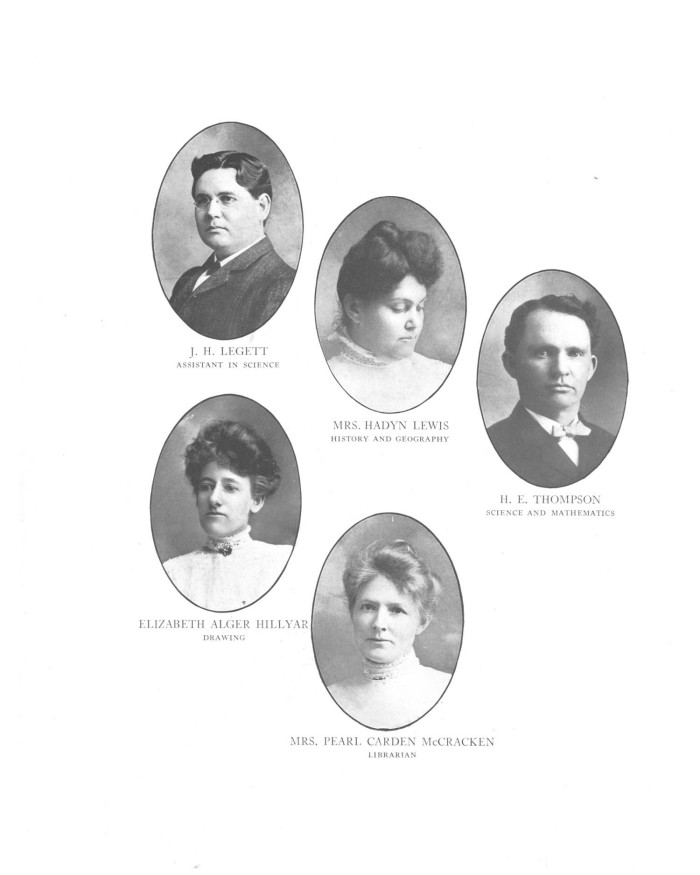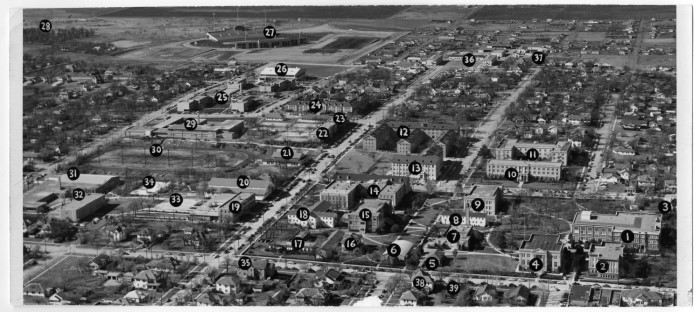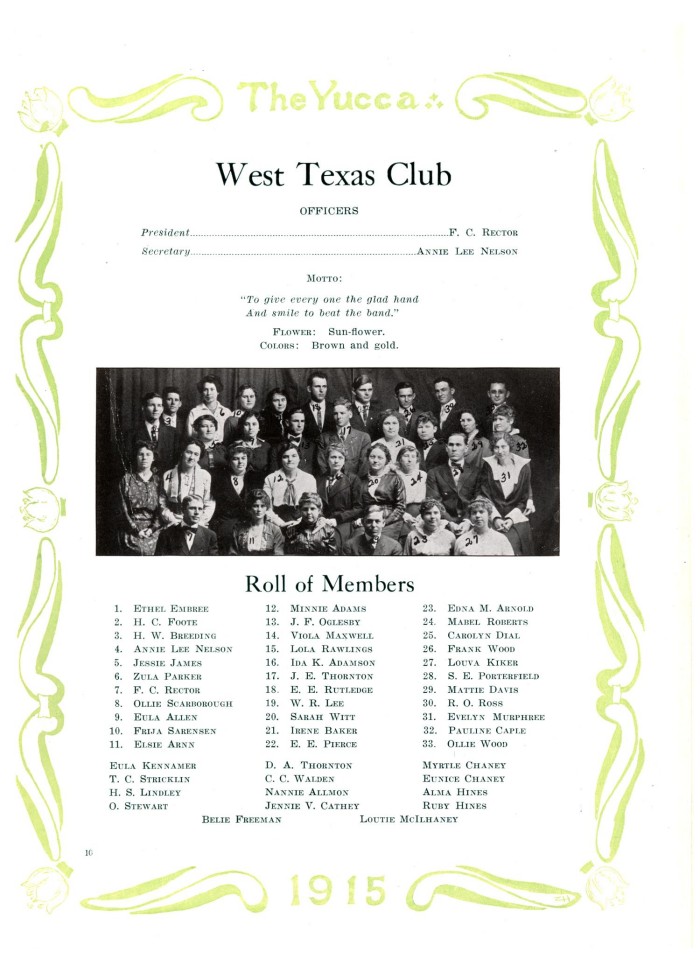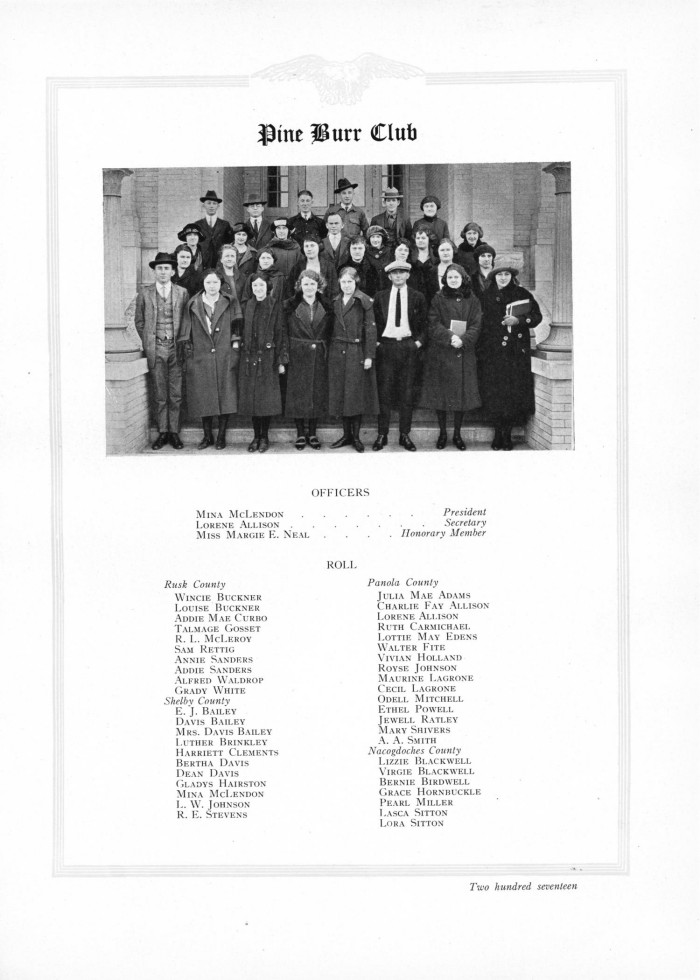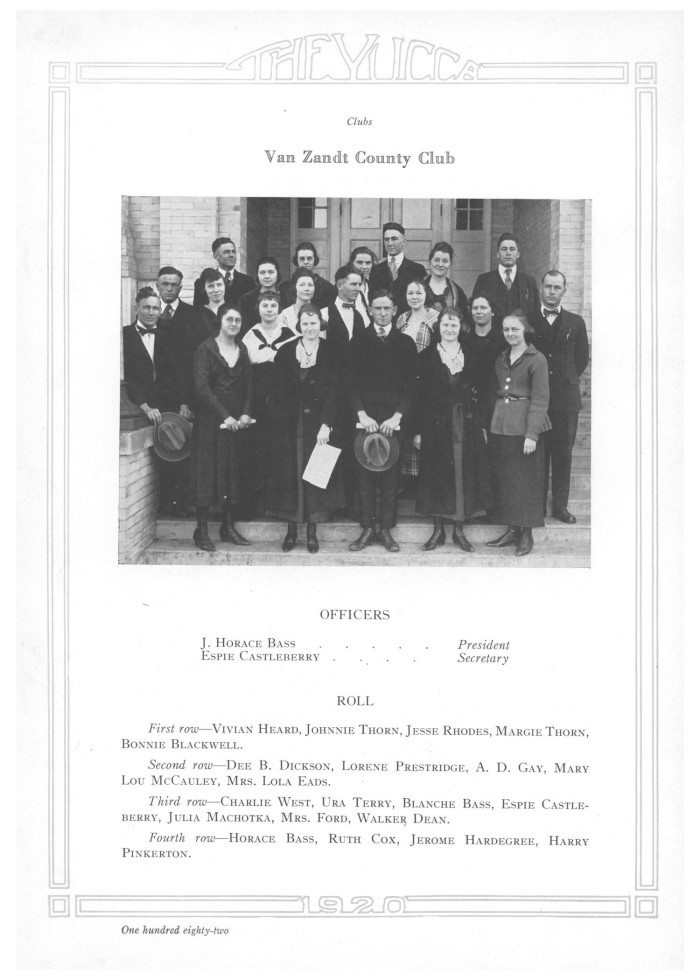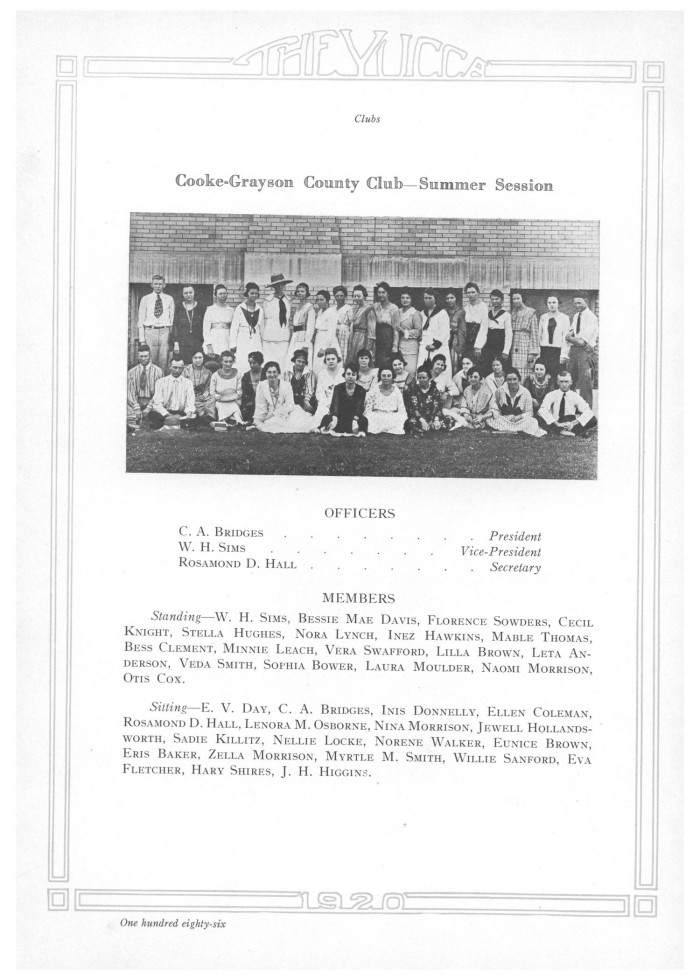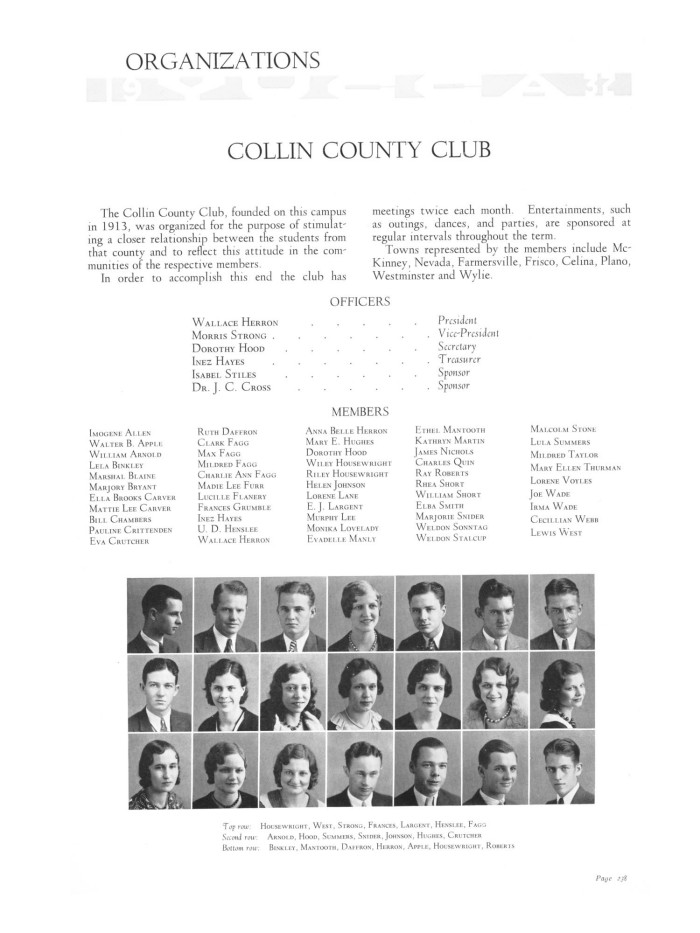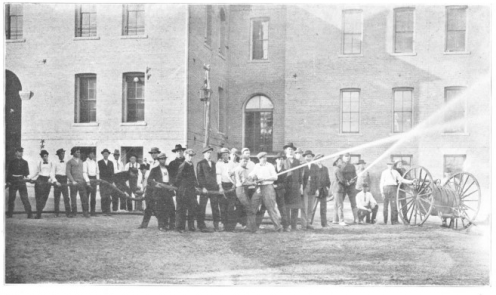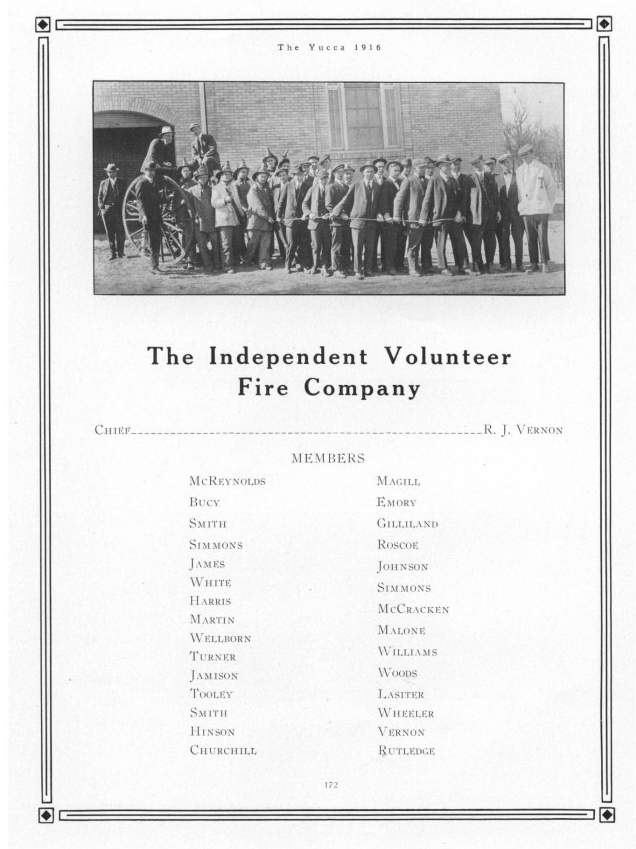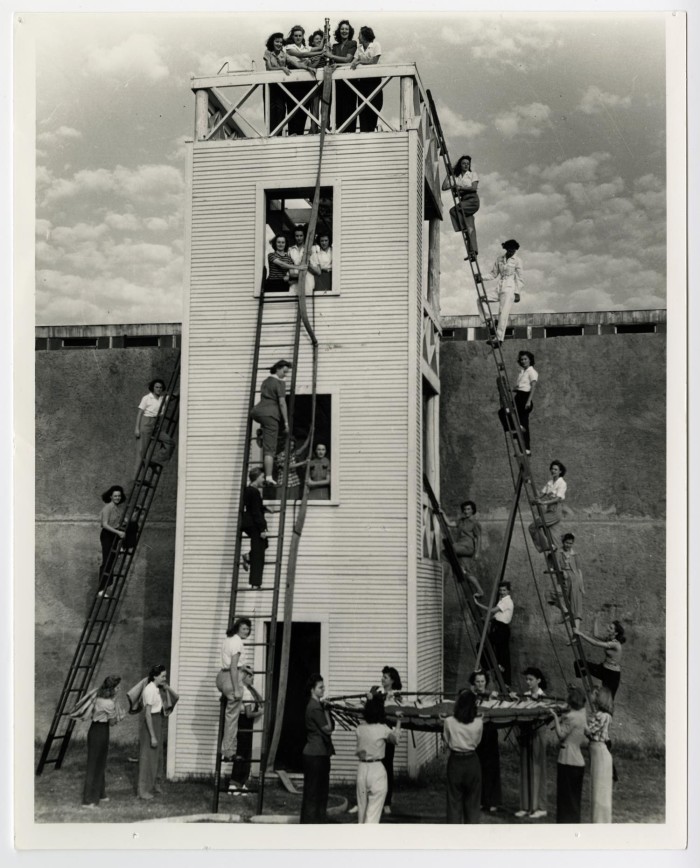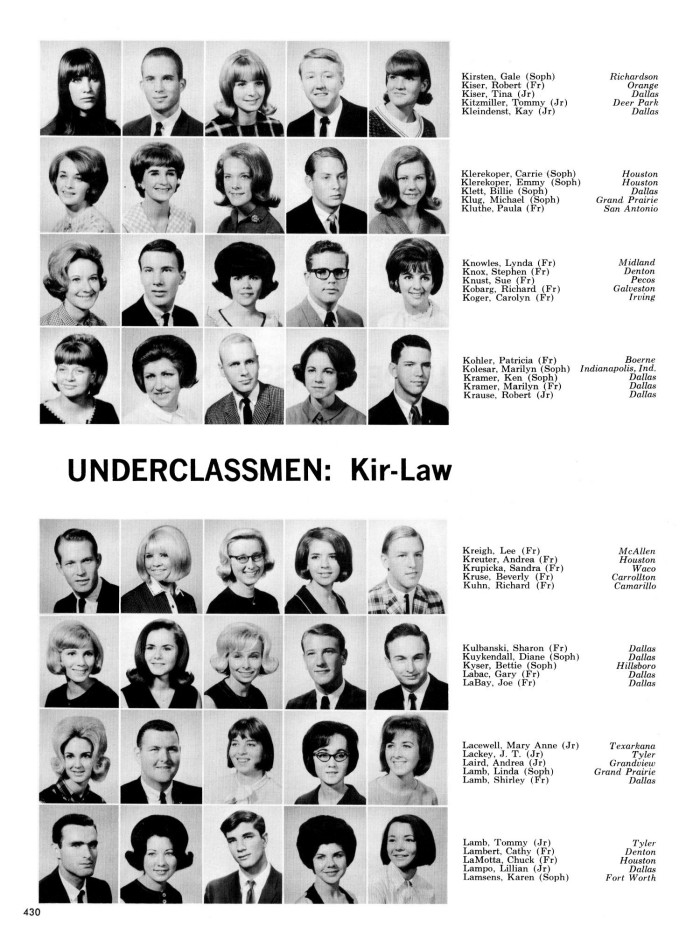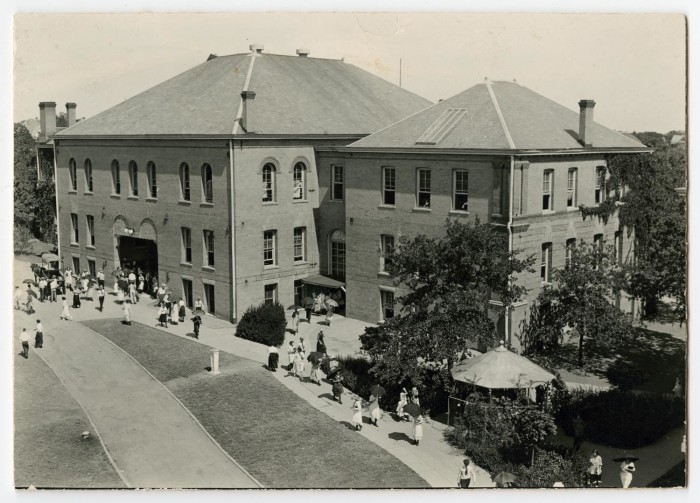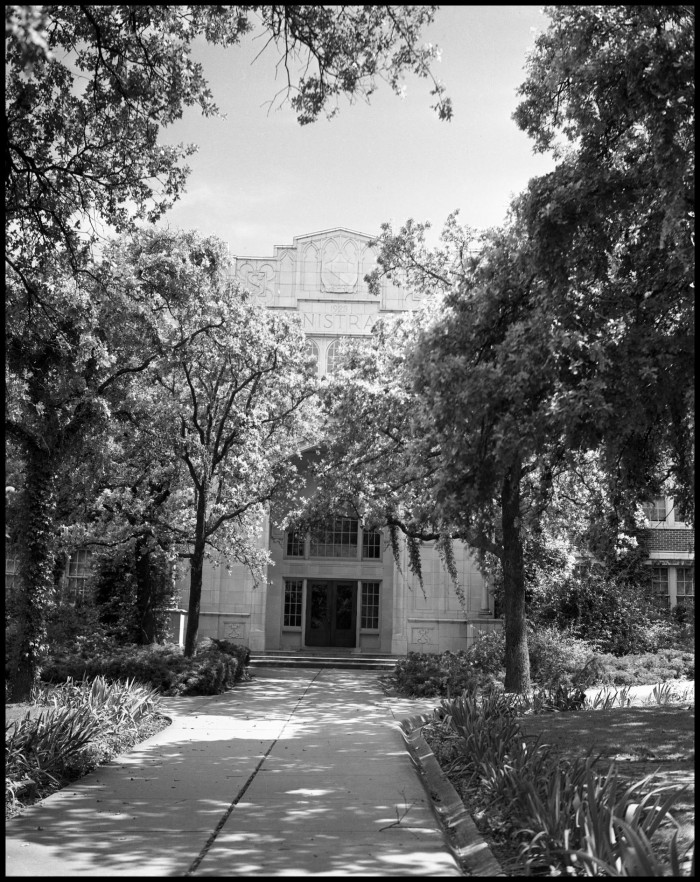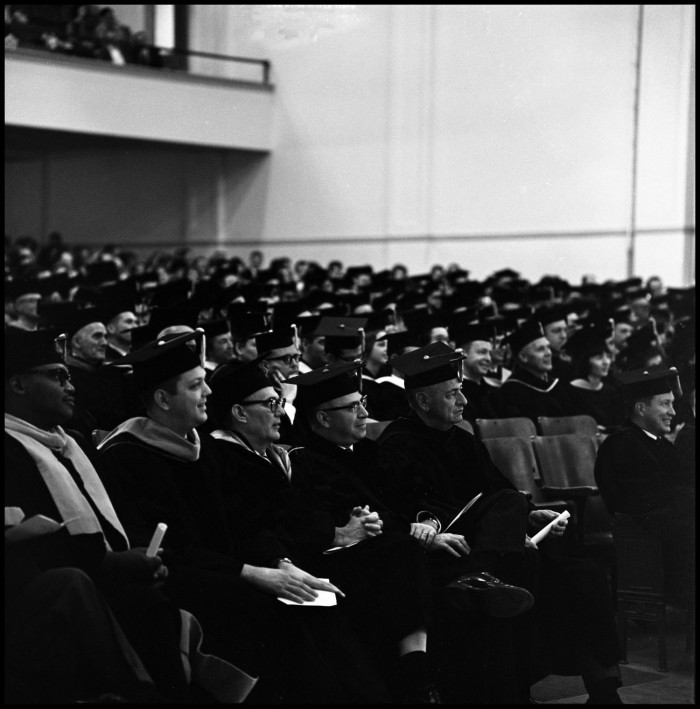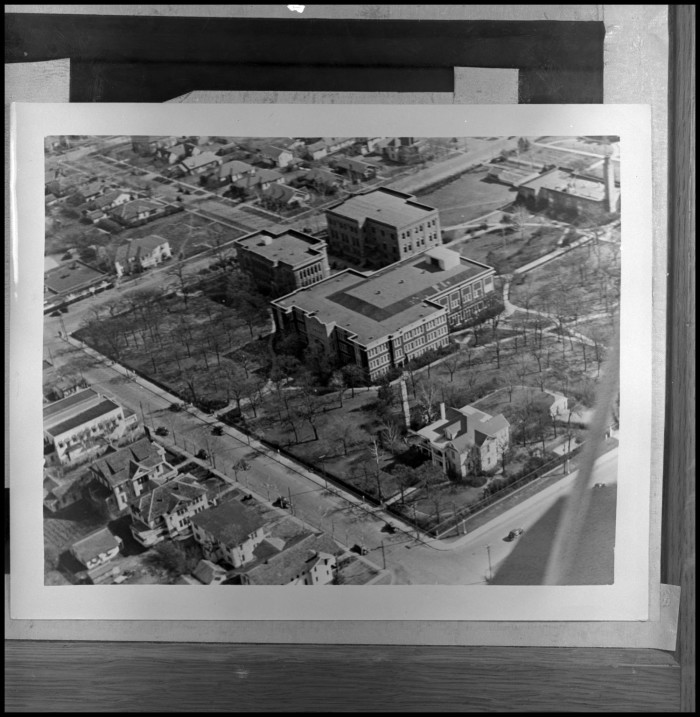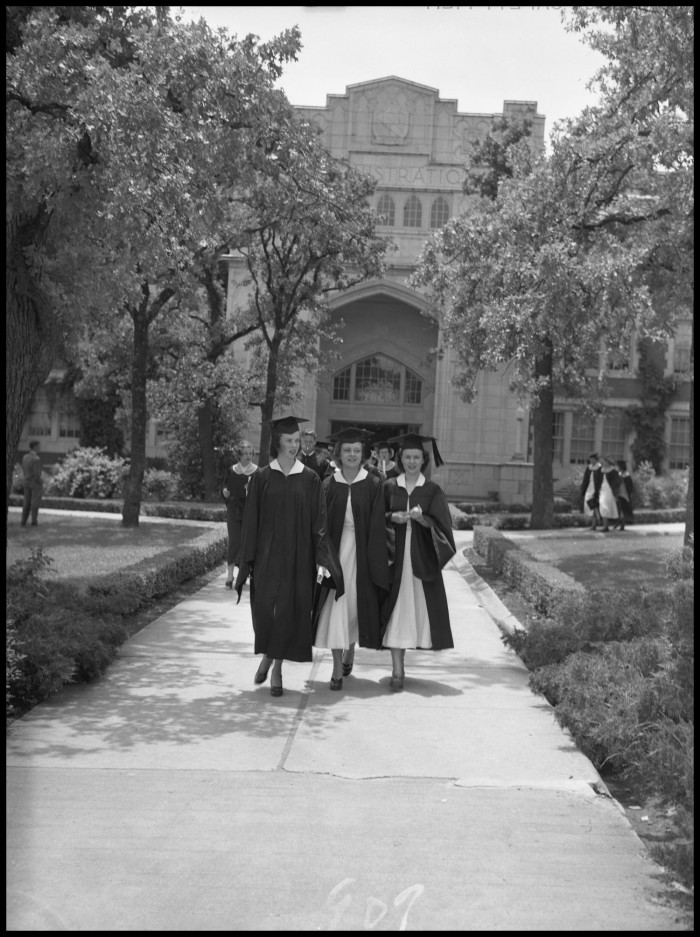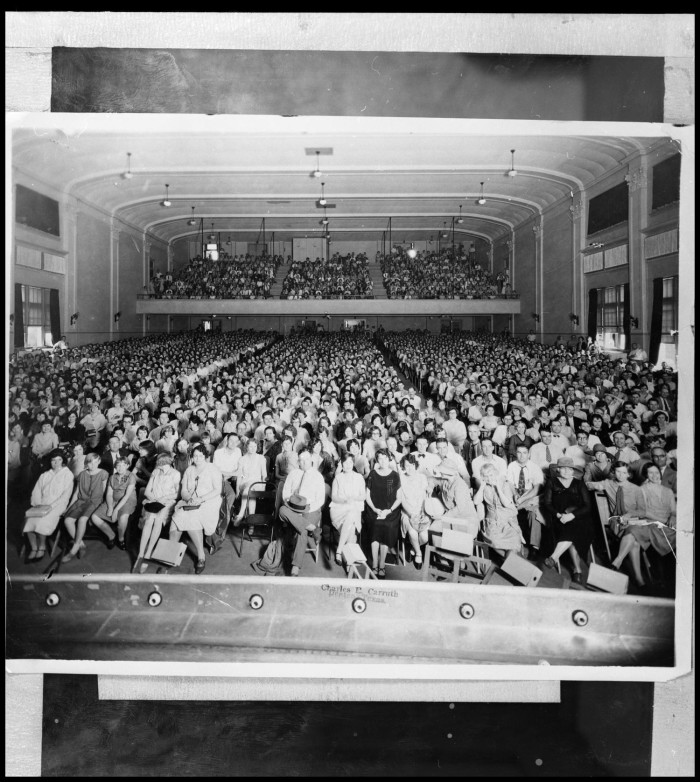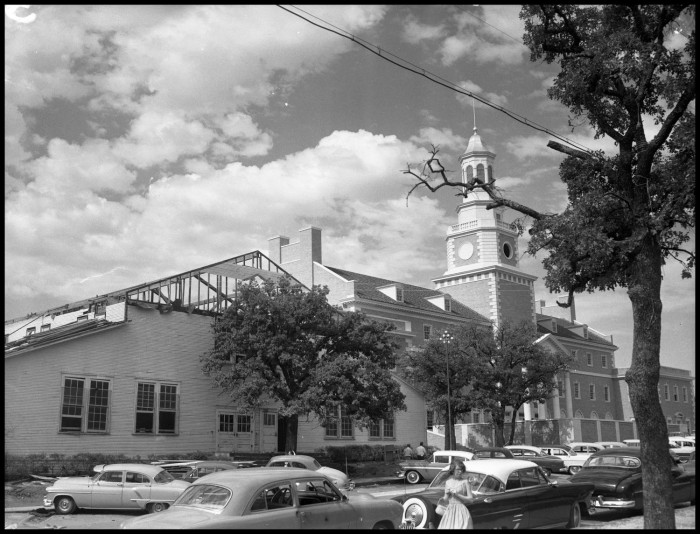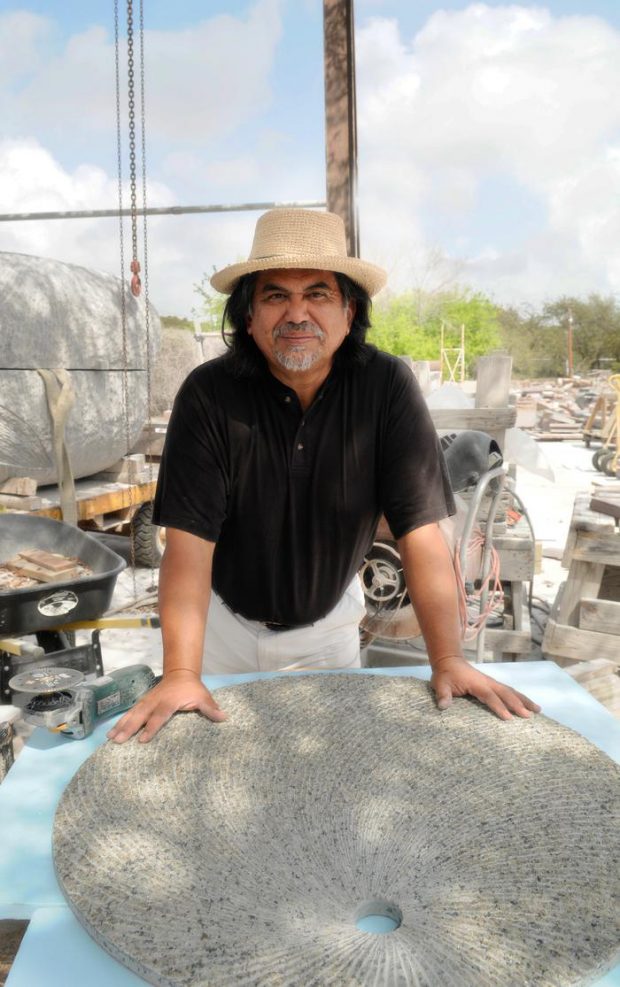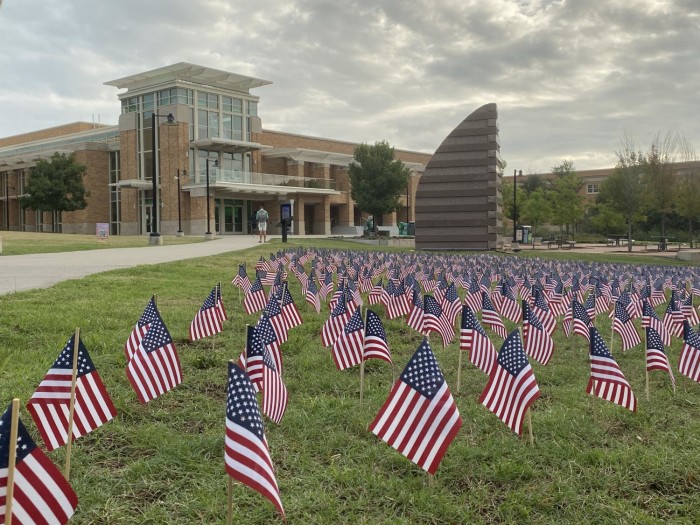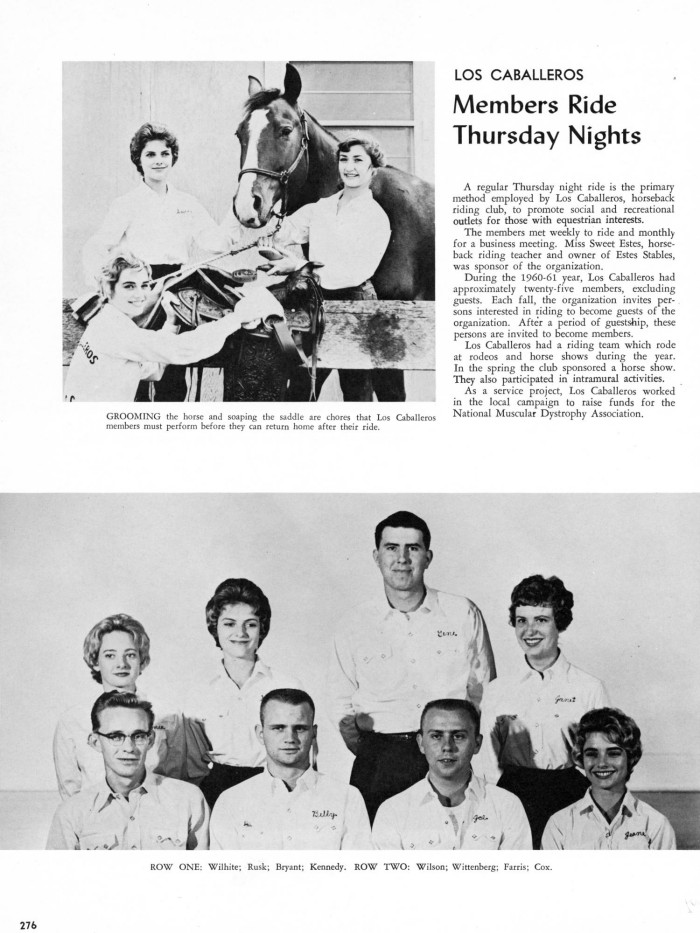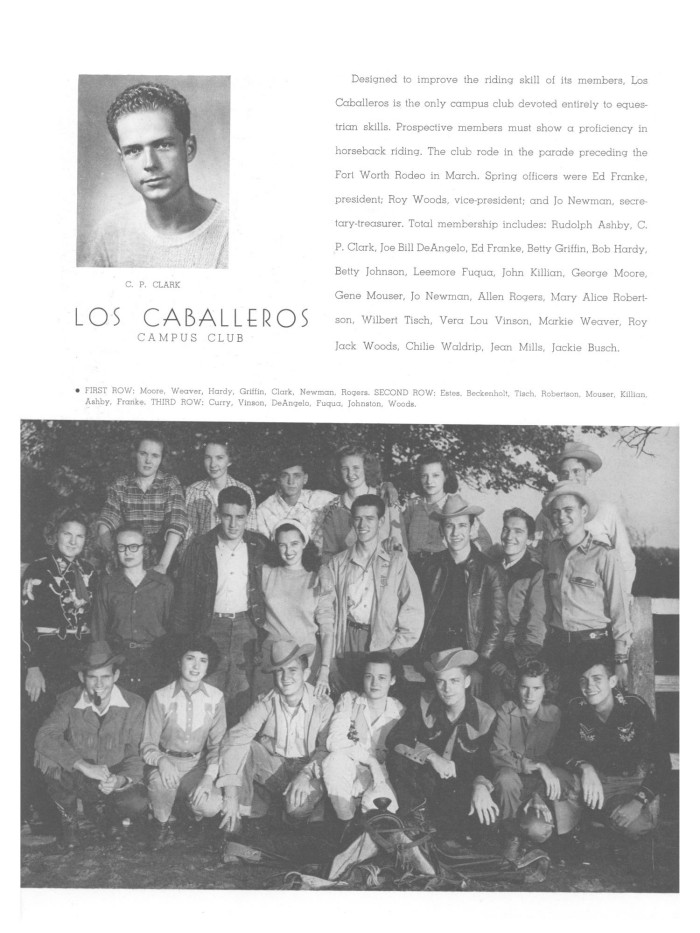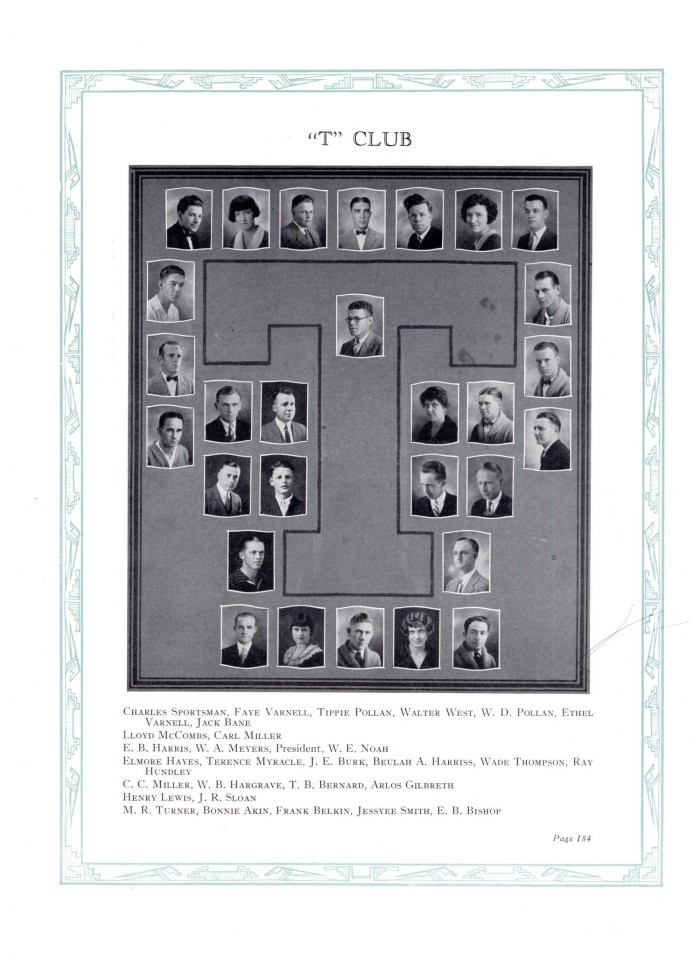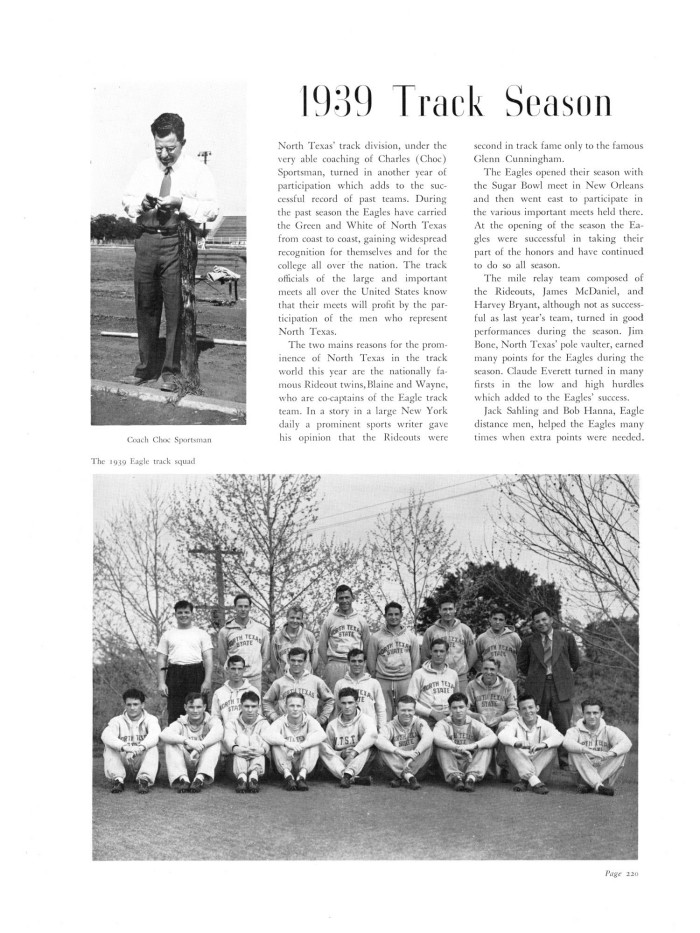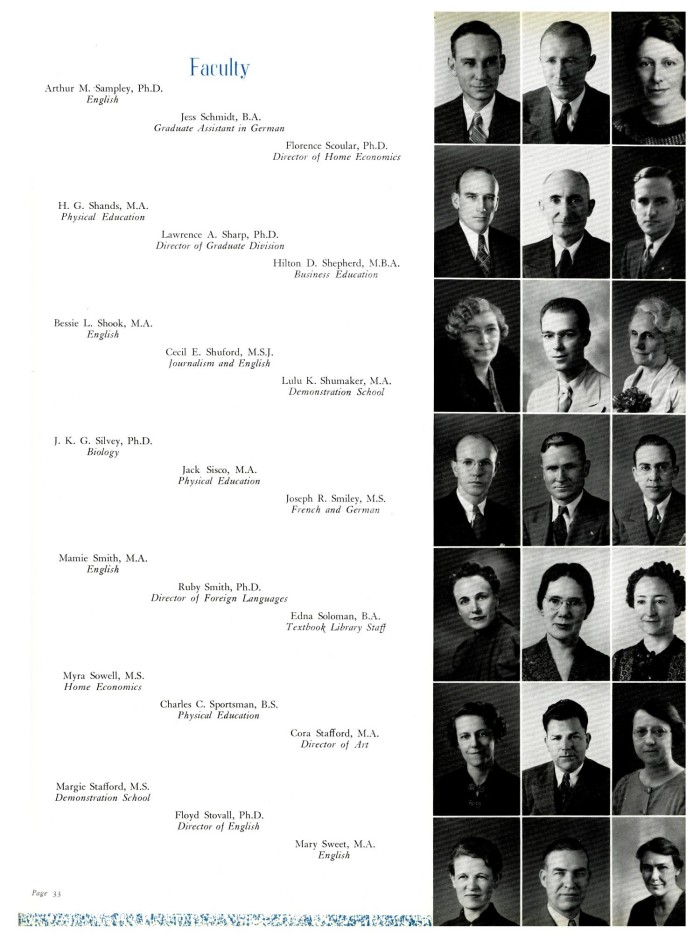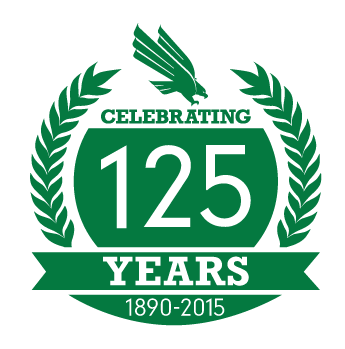Nic Nicosia, a native of Dallas, Texas, is an alumnus of the University of North Texas. He earned a Bachelor of Science in radio-television-film, with a concentration in motion pictures, in 1974. As an artist, he has become known for his photographs, films, drawings and sculpture.
Nicosia’s father loaned him money to open a camera shop, Denton Photo, located at 105 Ave A, near the UNT campus. In 1977, Nicosia was one of thirteen photographers that exhibited at the White Mule Photographic Gallery, located at 101 Ave. A. in Denton. In 1978, Nicosia’s photographs focused on images people’s backs. In 1980, Nicosia, a graduate student at North Texas State University (now the University of North Texas), won the purchase award in the annual Spring Competition for the Voertman Awards. The titles of his two photographs were City Scape #1, Denton, Texas and Cedar Trees. Nicosia has been recognized as being an early practitioner of staged photographic images, in both color and black and white. This development, generally dated to 1980, and lets the photographer construct the details in the image to convey an idea or a story to the viewer. He has produced work that explores his view of life in the suburbs. His photographs, unique and sometimes disturbing, quickly came to the attention of the art world. In 1983 he was selected to participate in the Whitney Biennial. He would also take part in the Whitney Biennial in 2000.
In 1983, he took part in the North Texas Photographic Invitation exhibition, which focused on staged, rather than spontaneous, images. He would also display his works in Concentrations 13: Nic Nicosia, at the Dallas Museum of Art in 1986.
Nicosia has kept his ties to Denton and the University of North Texas. He has placed his photographs on display in the Art Building and given lectures to the students. (1991). He has also served as a judge, on multiple occasions, for the Visual Arts Society of Texas, a Denton art organization that promotes local, regional, and national artists.
Nicosia began to make sculptures in 2009-2010. His sculptures, twins, was commissioned by the Austin Contemporary. The commission made it possible for Nicosia to enlarge smaller works and cast them in stainless steel. The figures were displayed on the Katy Trail. In 2020, the Nasher Sculpture Center acquired Nicosia’s bighands. The piece was commissioned by the Nasher and was made possible by a group of Nicosia’s patrons.
Nicosia was honored with a retrospective of his films at the Contemporary Arts Museum in Houston, “Nic Nicosia: Real Pictures 1979-1999.” Among the films shown were “Domestic Drama,” 1982, “Near (modern) Disasters,” 1983, “Love + Lust,” 1990-1991, “Middletown,” 1997, and the series “Life As We Know It,” 1986.
Nicosia’s photographs are part of the following collections: Chase Manhattan Bank, The Atlantic Richfield Company, The New Orleans Museum, the Solomon R. Guggenheim Museum, The Museum of Contemporary Art, Chicago, the Gernsheim Collection at the University of Texas, the Dallas Museum of Art, and the Museum of Fine Arts, Houston.
He first burst onto the art scene with photography but has expanded to sculpture and film. Nicosia is an artist who has been open to learning new formats to express his singular vision.
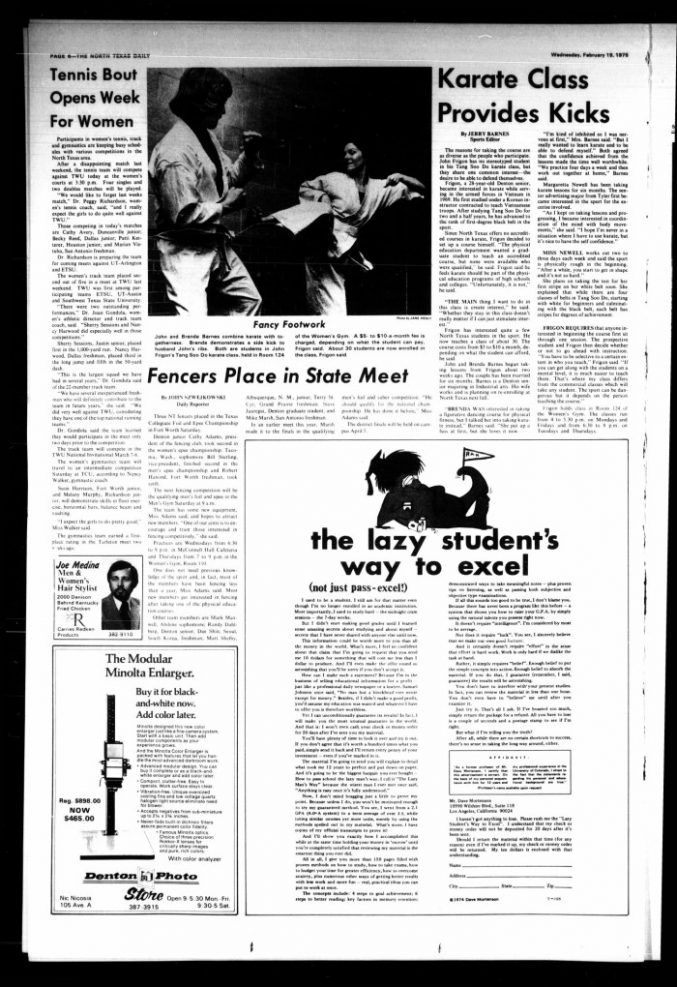
Denton Photo Store advertised regularly in the UNT school paper, the North Texas Daily, This ad appeared on February 19, 1975.
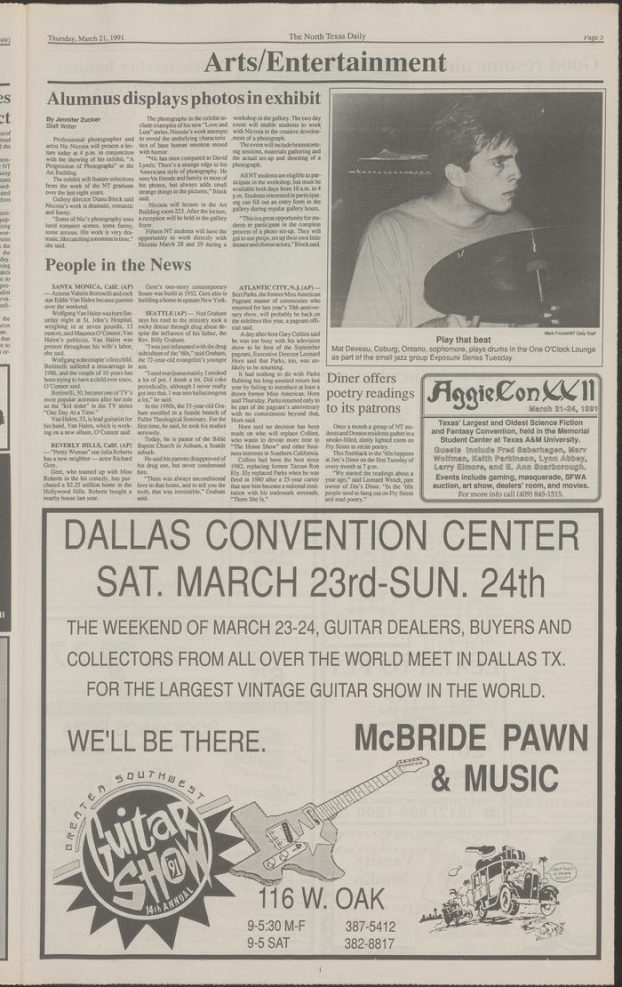
The NT Daily alerted their readers to a Nic Nicosia exhibit on campus and lecture on campus on March, 21, 1991.

Nic Nicosia was highlighted on the North Texan web site.


